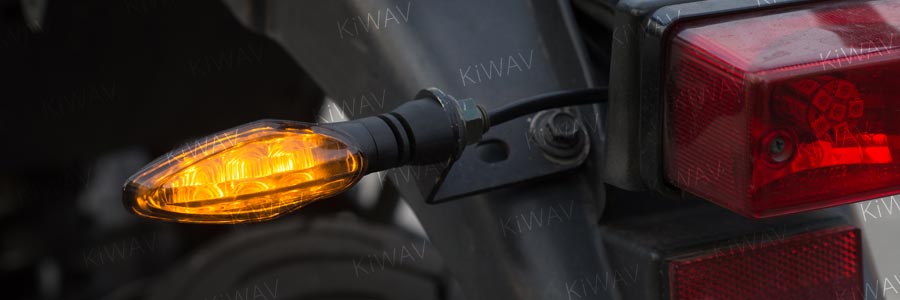You'll have to get down to some semi serious electrical troubleshooting. Prepare yourself, because this can get a little frustrating. Tracking down a loose wire or a ground that isn't grounding can be a pain in the neck. But fixing faulty wire grounds is inexpensive and just requires a bit of patience, so let's get to it.
Know your vehicles
Faulty wire grounds are a very common problem, but can sometimes be difficult to track down.
Symptoms of a bad ground can range from a completely dead bike to electrical components working intermittently. Checking all of the grounds on your motorcycle can be done quickly if you know where they all are. If you don't, your service manual should have all of the locations noted.
Look for Bad Grounds
If your turn signal doesn't light up at all or doesn't flash, it can often be a bad ground connection that's the culprit. In most vehicles, the ground wires will be either brown or black. In any case, you'll want to trace what you suspect to be the ground wires from the bulb housing to its termination point, which is the point at which it bolts to the vehicle's chassis. When you find this, loosen and re-tighten the bolt and the ground connection.
Painting
Many people think that as long as the accessory’s ground wire is touching some part of the vehicle, it is grounded. That is not the case. You must make sure the ground wire is attached at a point that is free of paint, rust, or plating. Paint on body panels and the engine acts as an insulator, resulting in a bad ground connection.







